First of all, sorry Petros Vrellis. You had a really cool idea and produced some great looking art. I don't mean to belittle your effort, but I'm making a simple machine that automatically produces work very similar to yours.
The purpose of this project - If you haven't read about this type of art, go click on that link^ first. The algorithm for producing the sequence of lines is not so complicated, but the act of placing the physical thread by hand is a horrendously tedious and time consuming process. This project aims to solve that problem, making it as simple as selecting a picture and flipping a switch.
Software -
Many people wrote their own version of the algorithm when HaD featured it (see the comments). I also wrote my own in Processing because that was the fastest and easiest way for me to get a result and it works so well with Arduino, which will probably also be used.
First an image is converted to grayscale and the user selects a circular region they want to use. A number of pins, 200 works well, are evenly spaced around the circle and the pixel paths between each pair of pins is mapped. Starting at one pin, the algorithm averages the darkness along each path and selects the one that is the darkest, excluding some number of pins(20 or so) surrounding the source pin. That set of pixels is then lightened by some amount. This is repeated a few thousand times. Sorry for the vague numbers, these parameters are all adjustable by the user to produce the best image.
The code can be found below in the files section, or the git is here. The code is still in development, but it functions.
Hardware -
It is a bicycle rim with hundreds of wire pins around the edge. It rotates and a thread dispenser moved by a solenoid wraps the thread around the pins as they go by. That is a very basic overview, but you can read all about the details in the project logs.
 shlonkin
shlonkin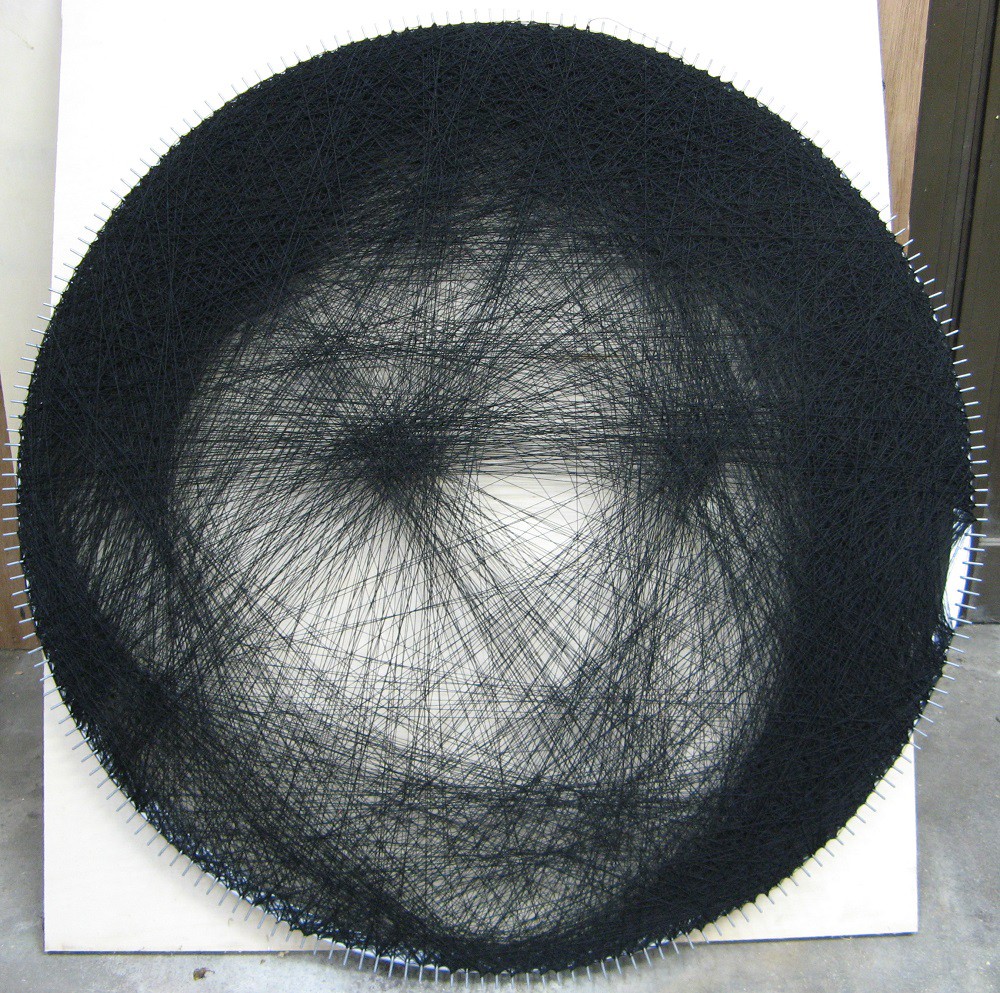
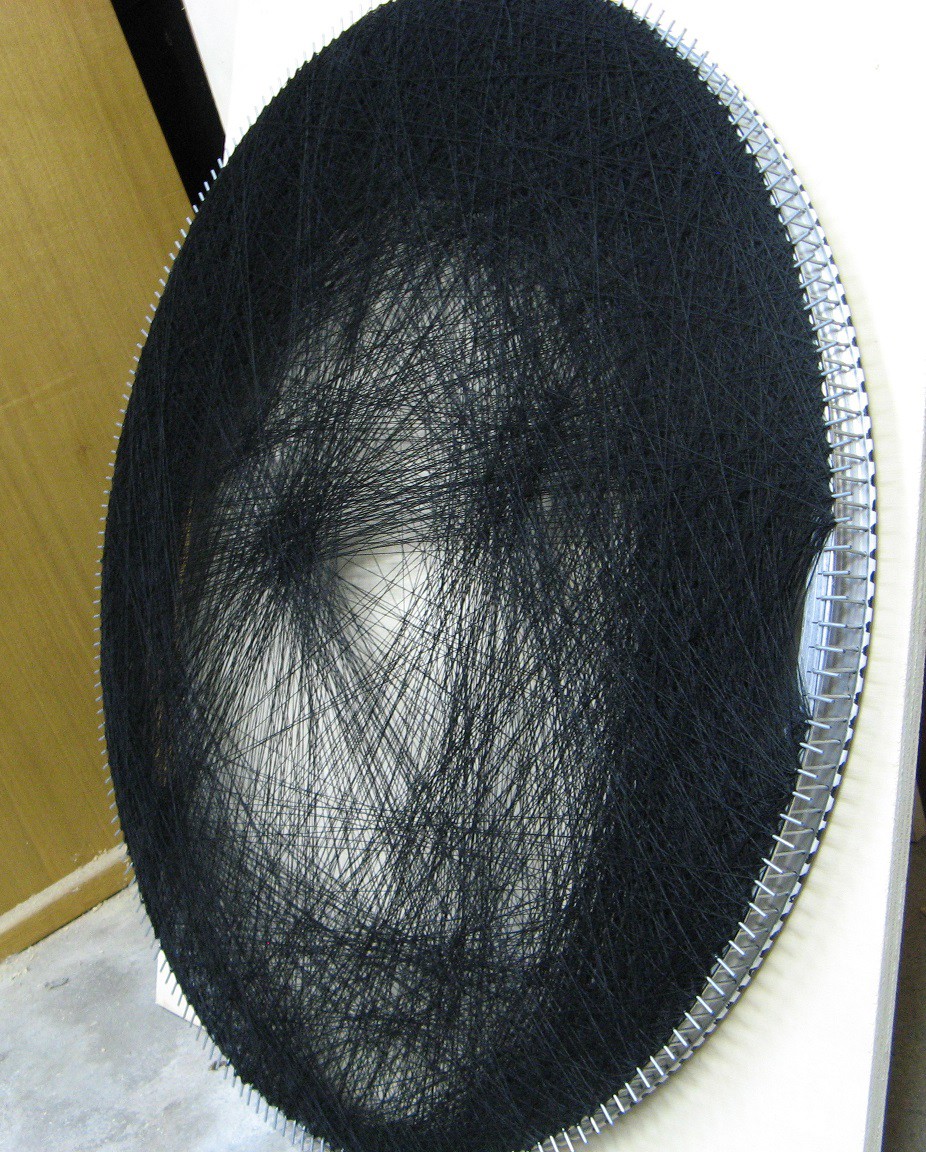
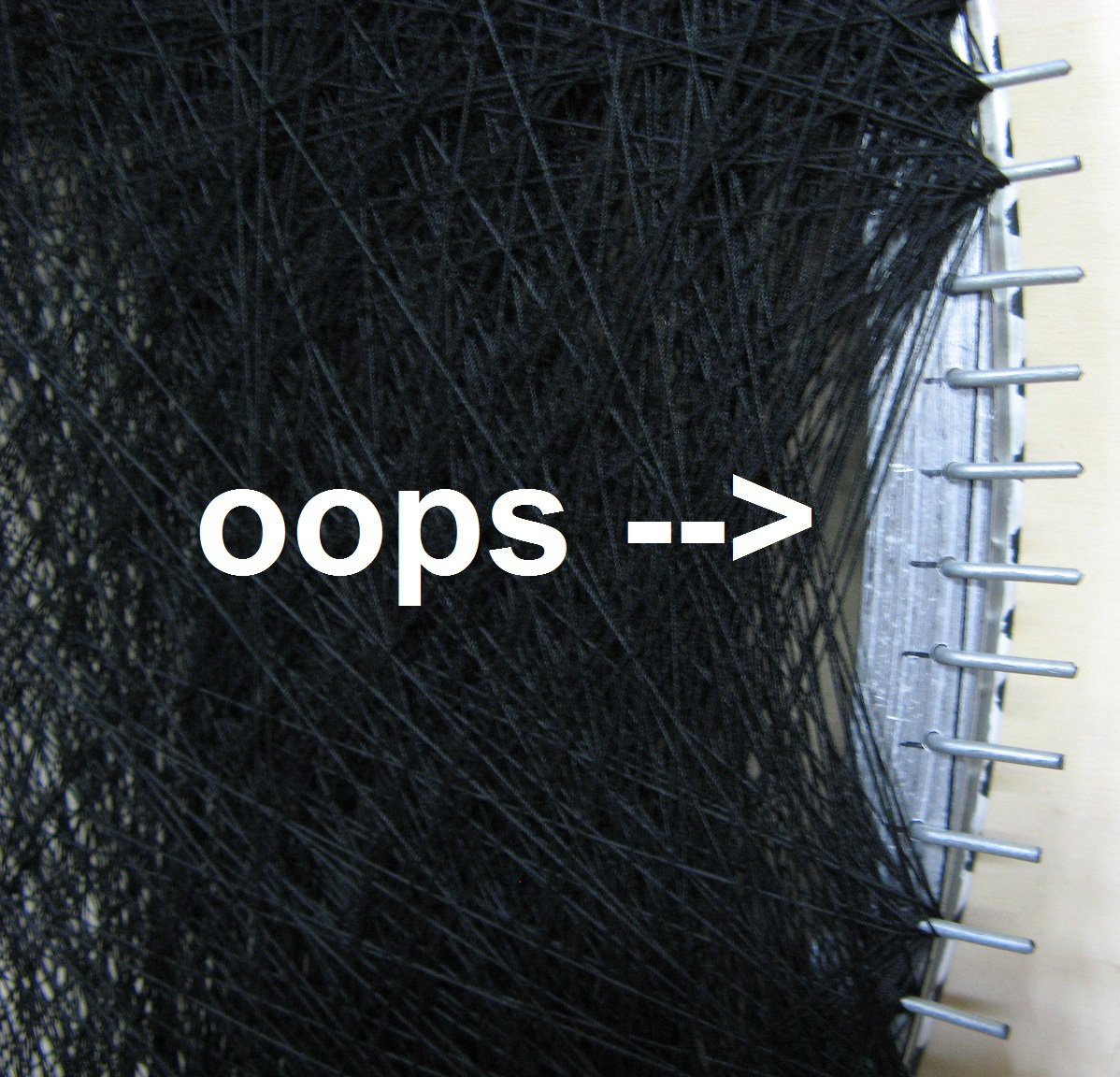
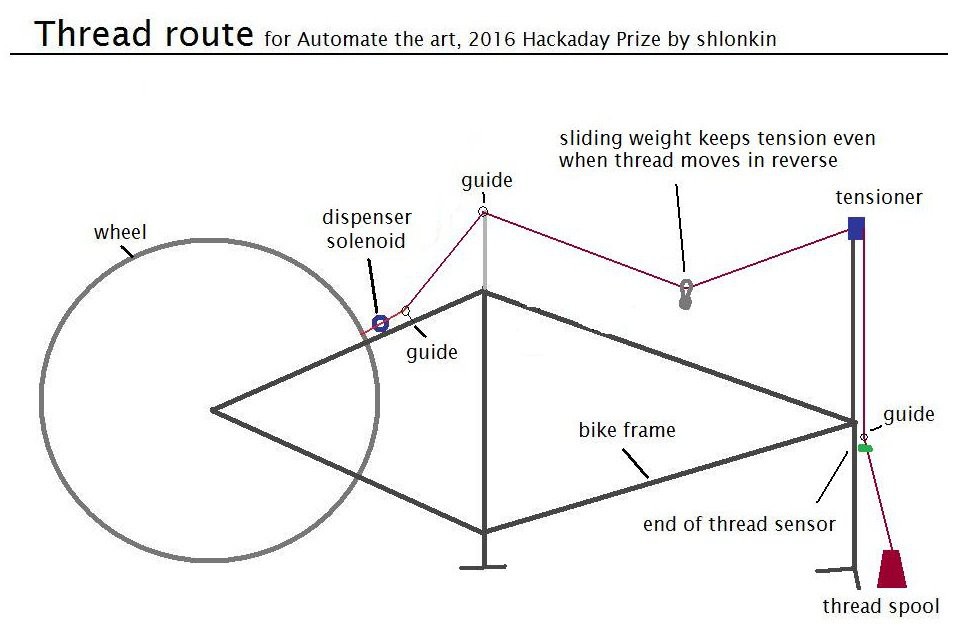
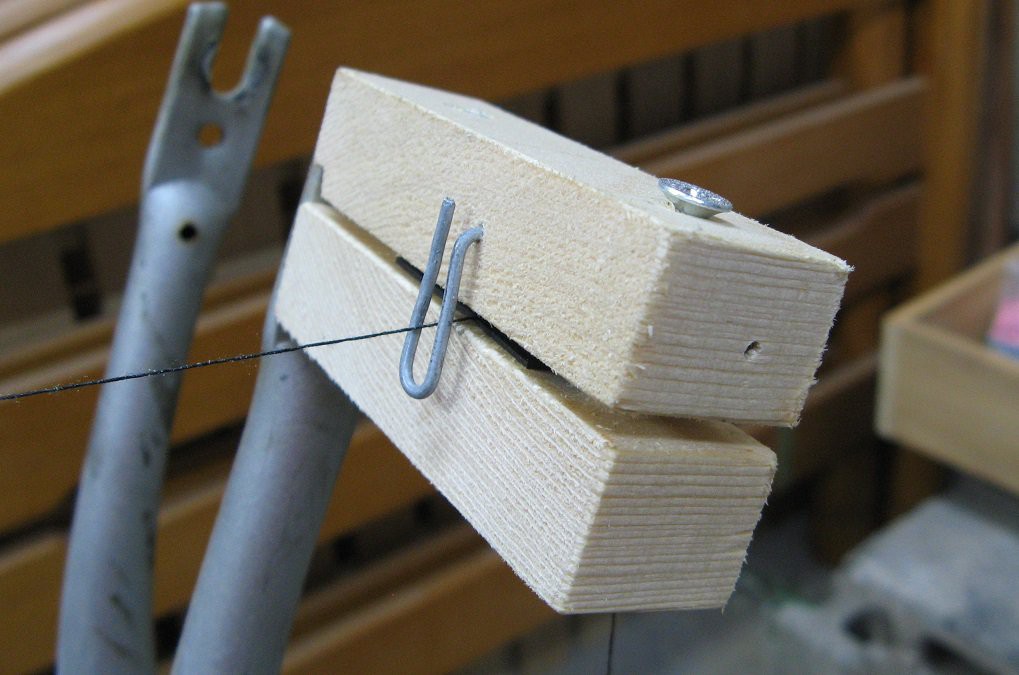
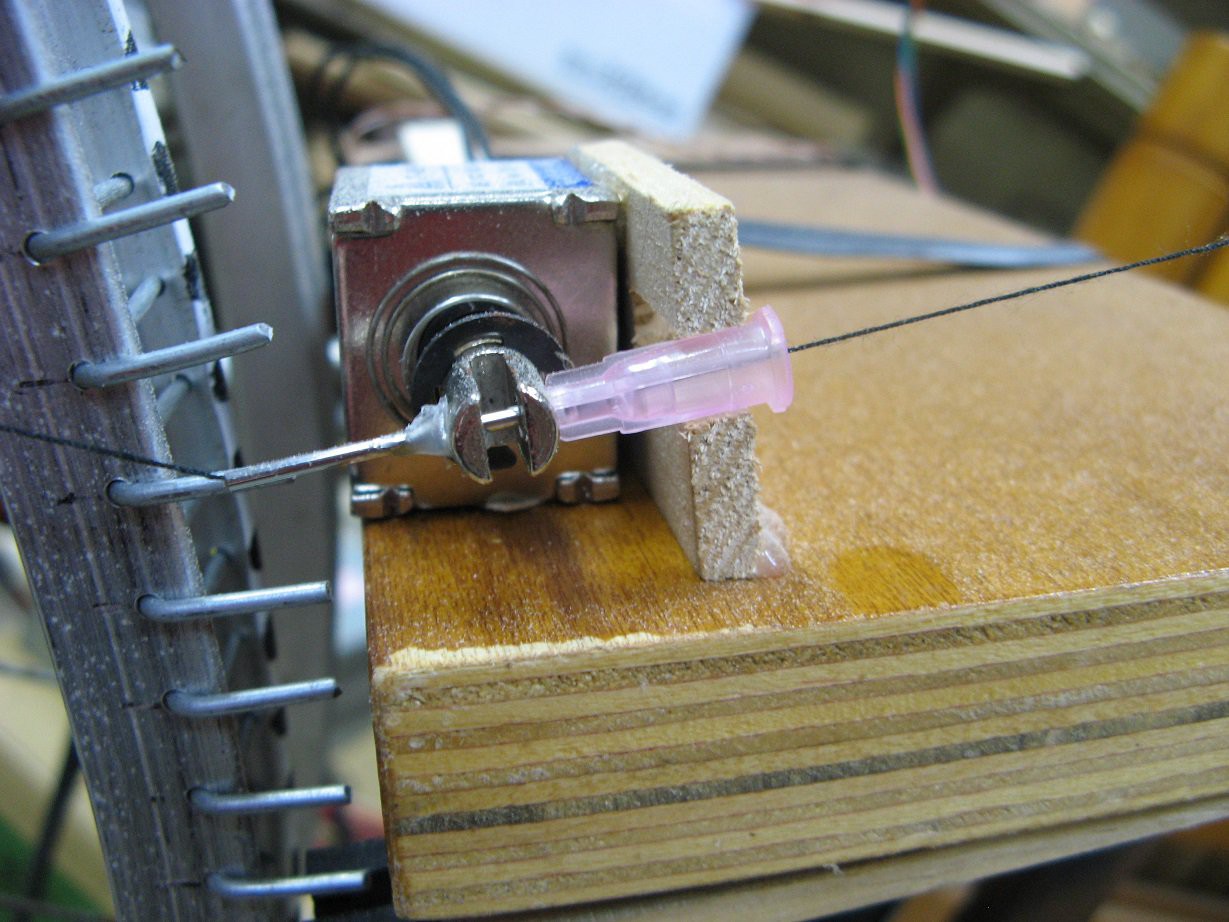
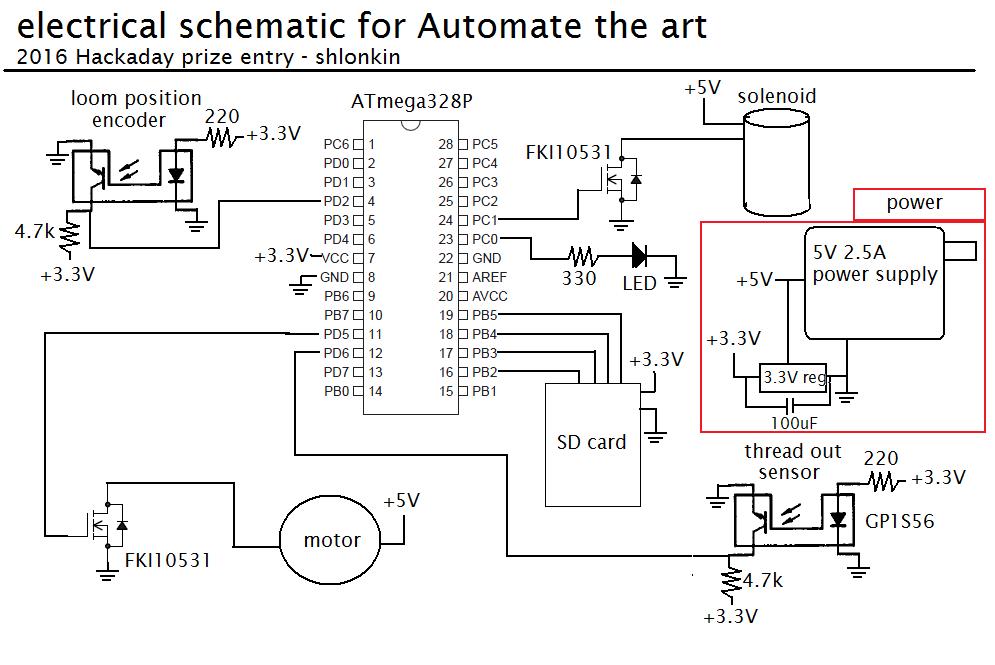
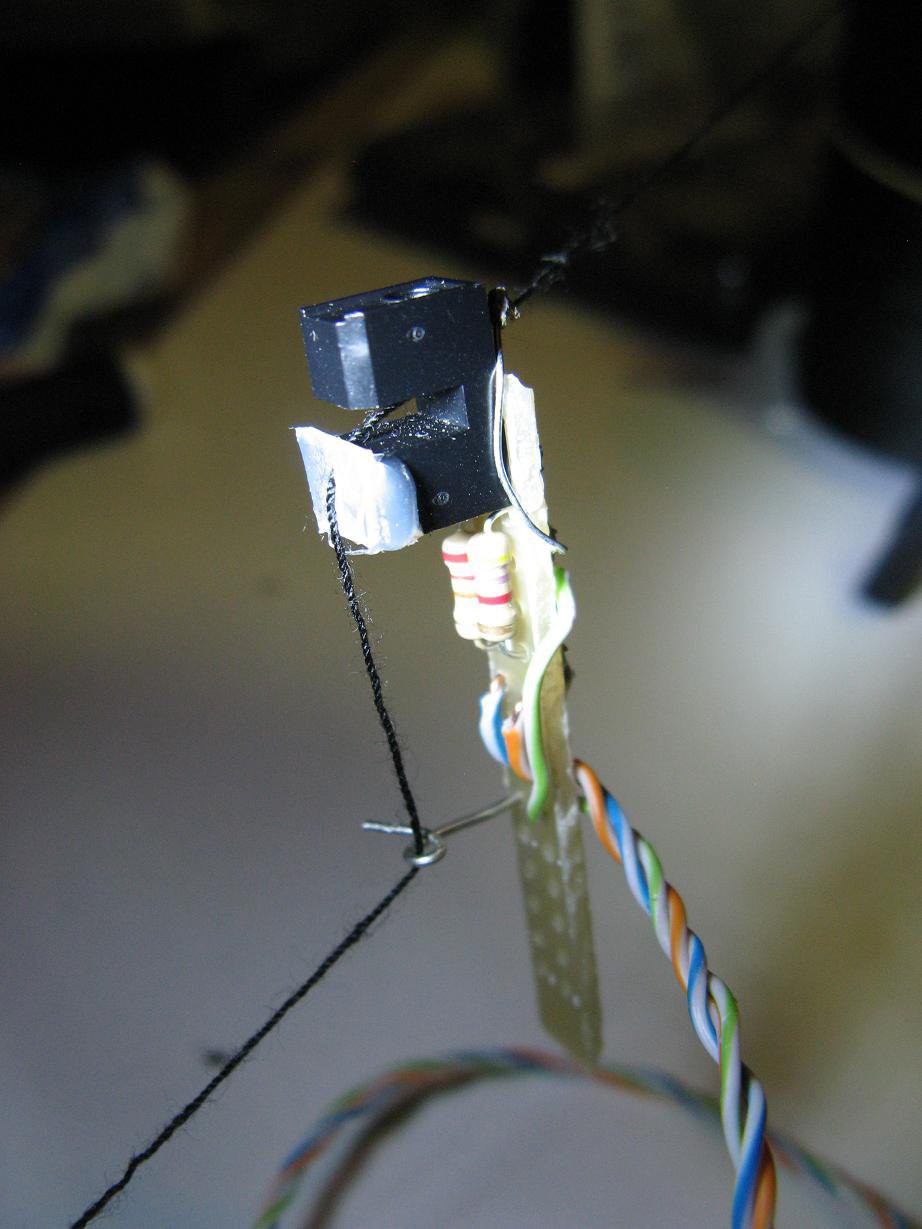
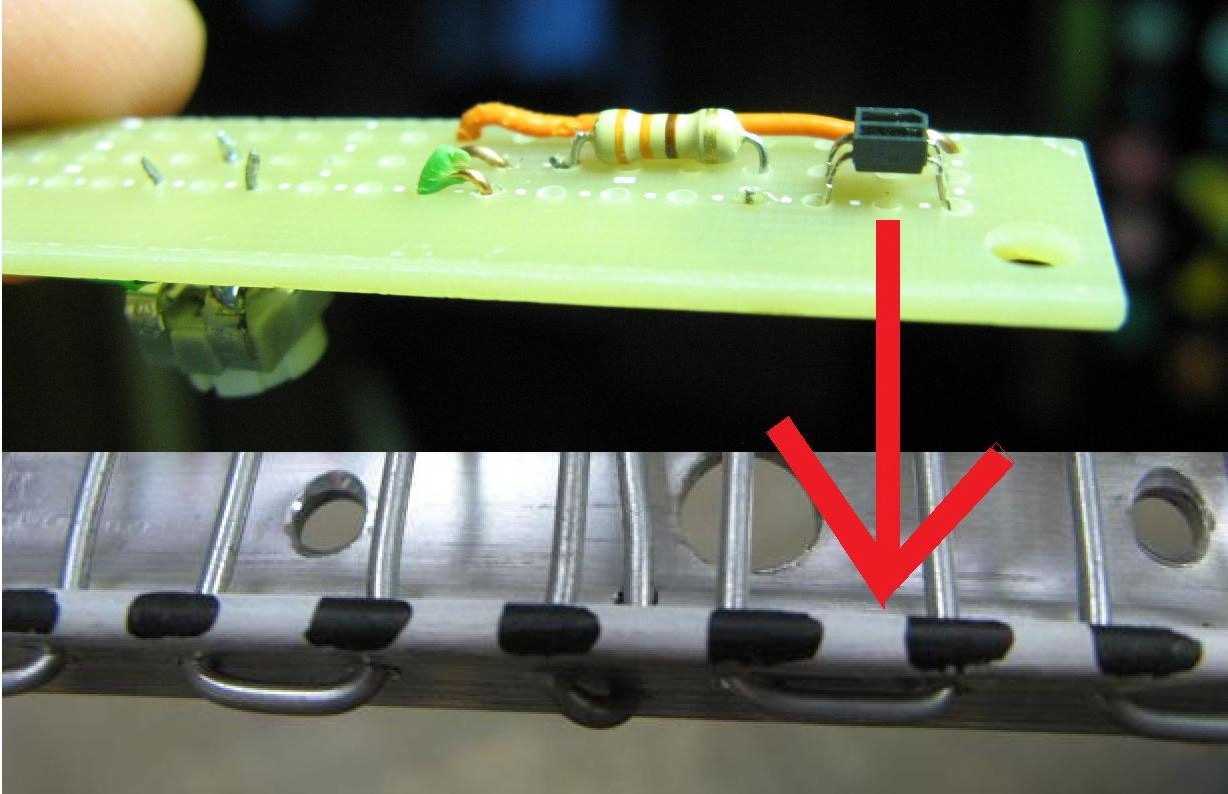
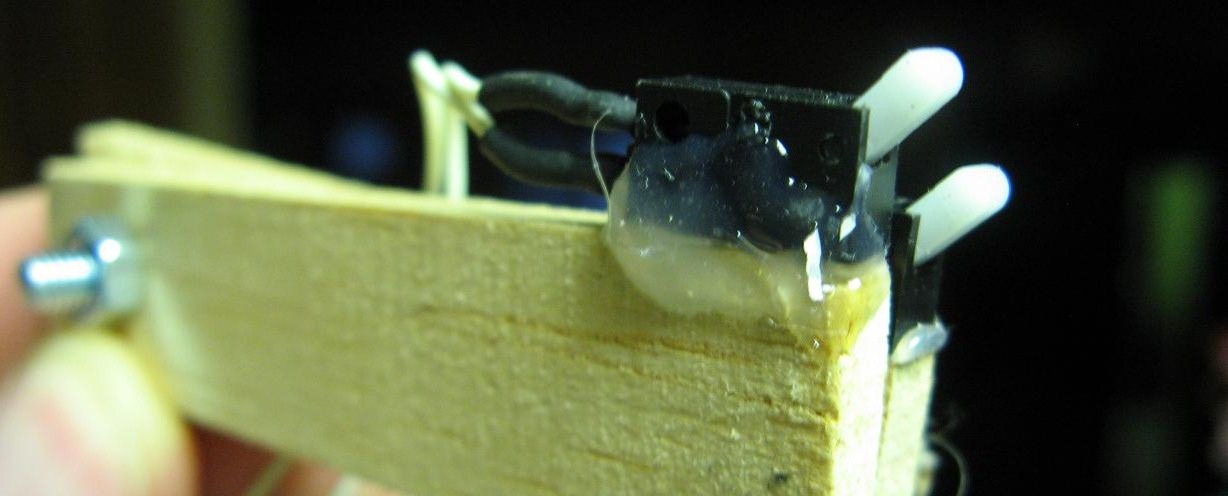
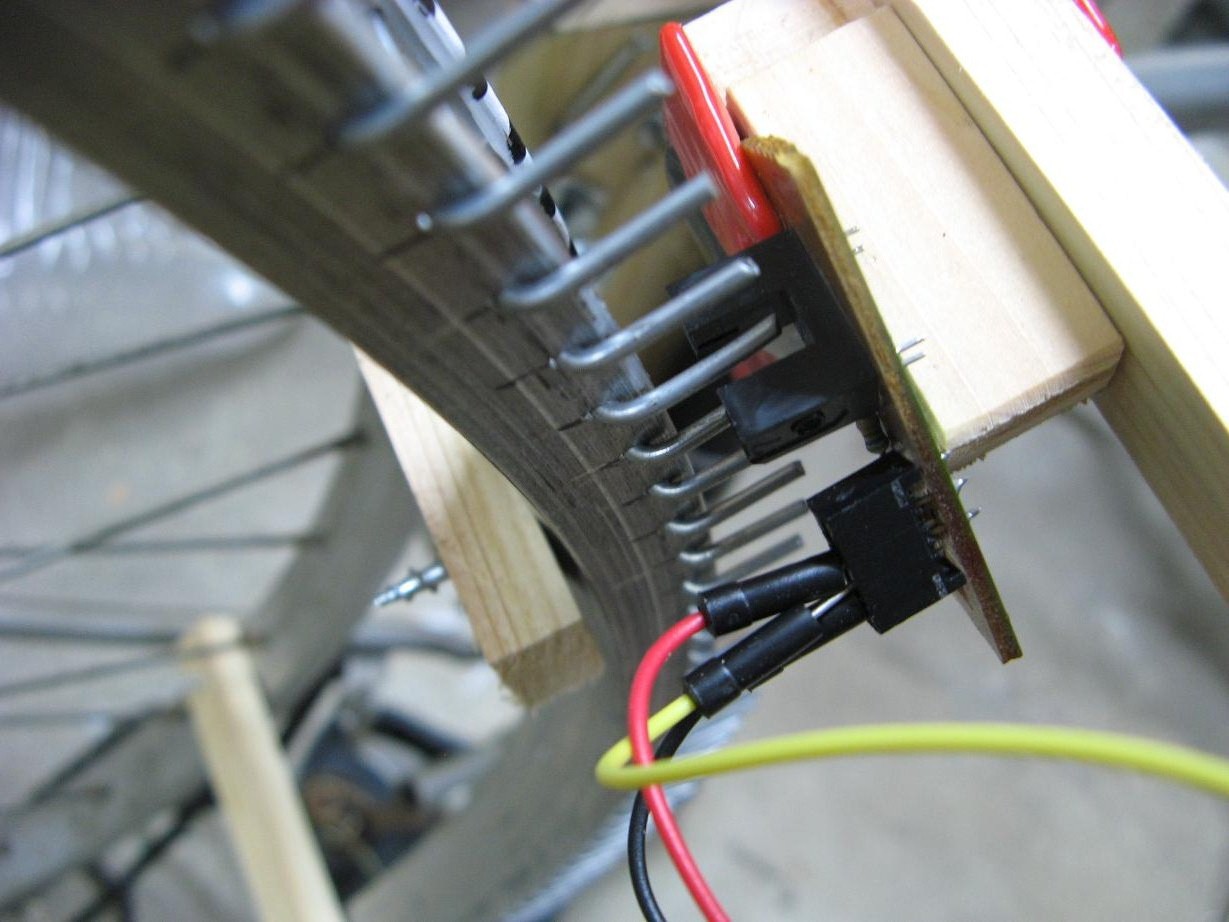
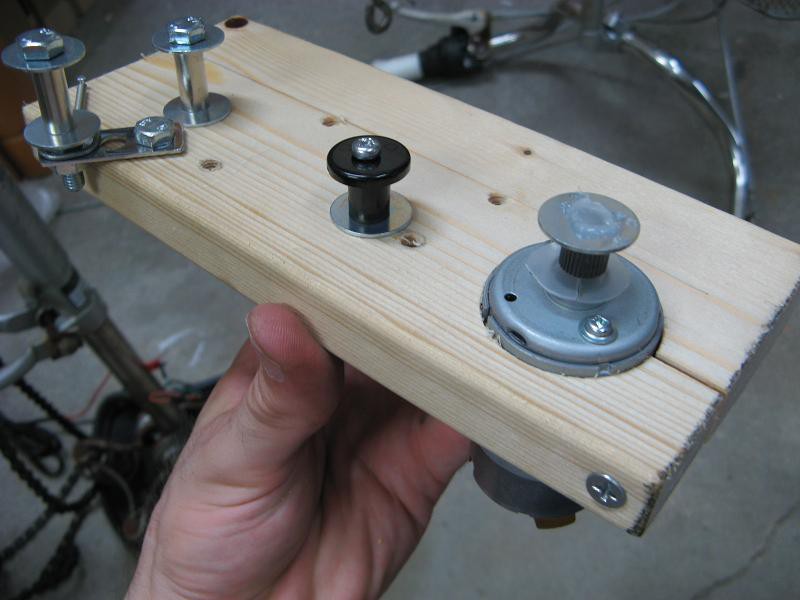
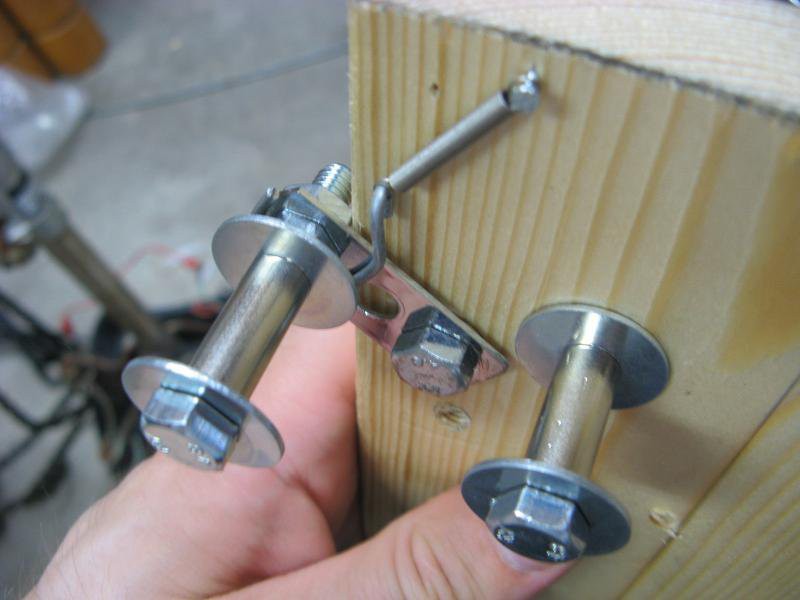
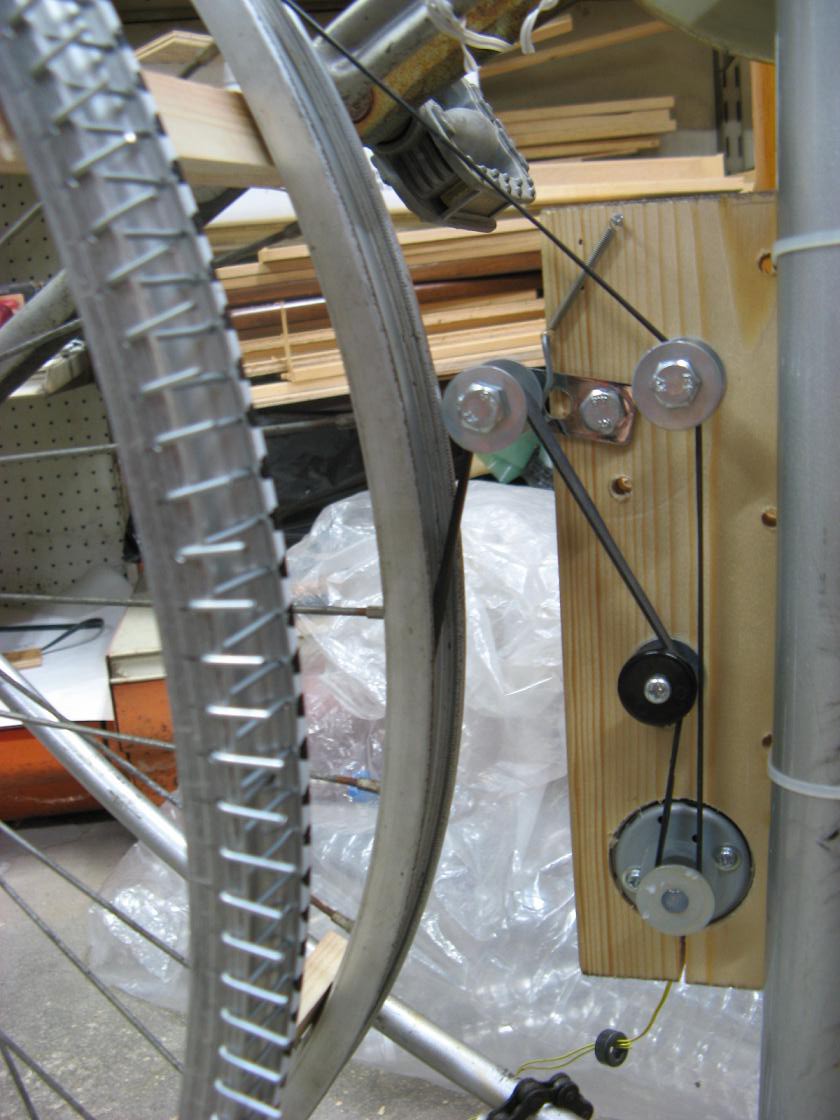
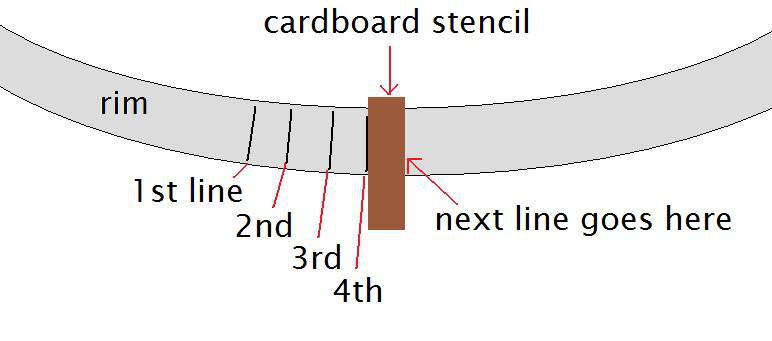
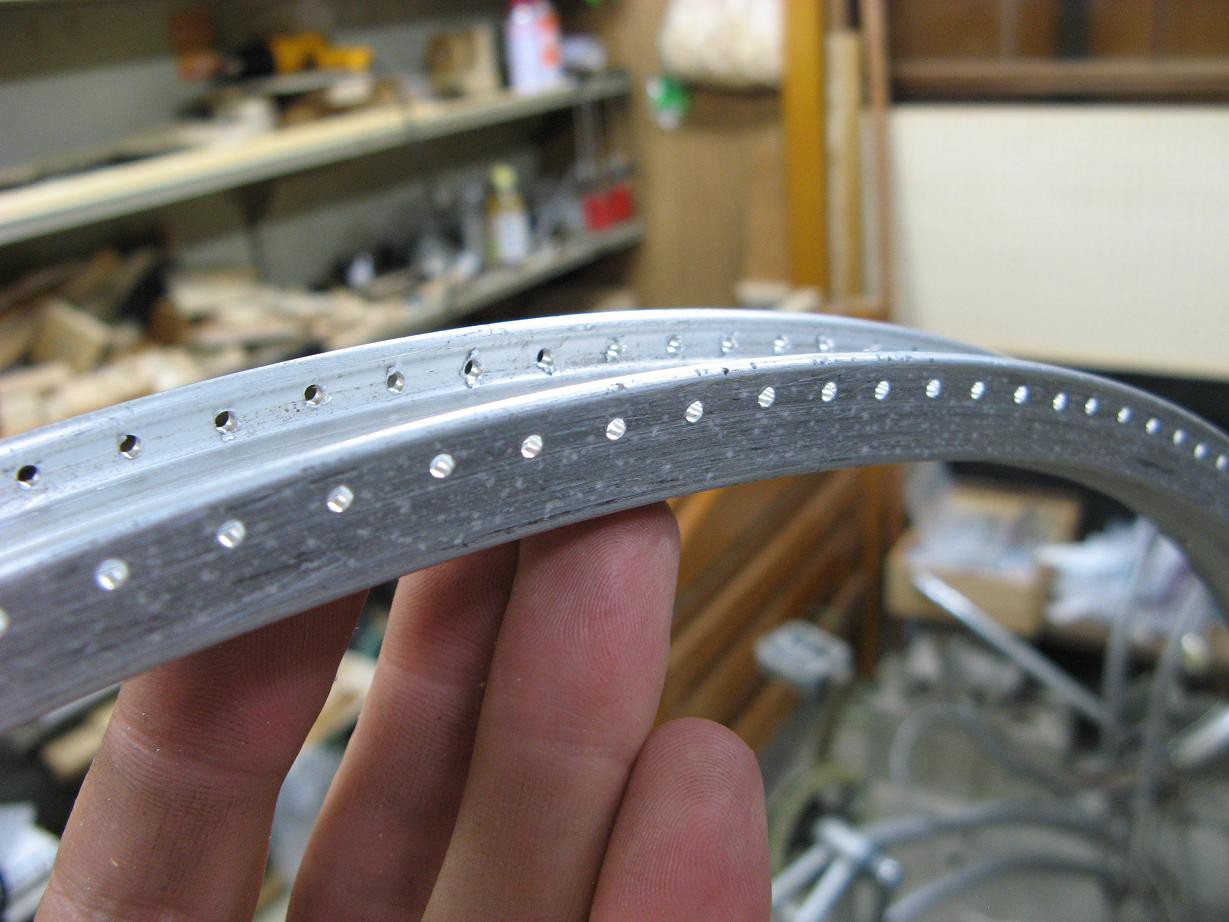
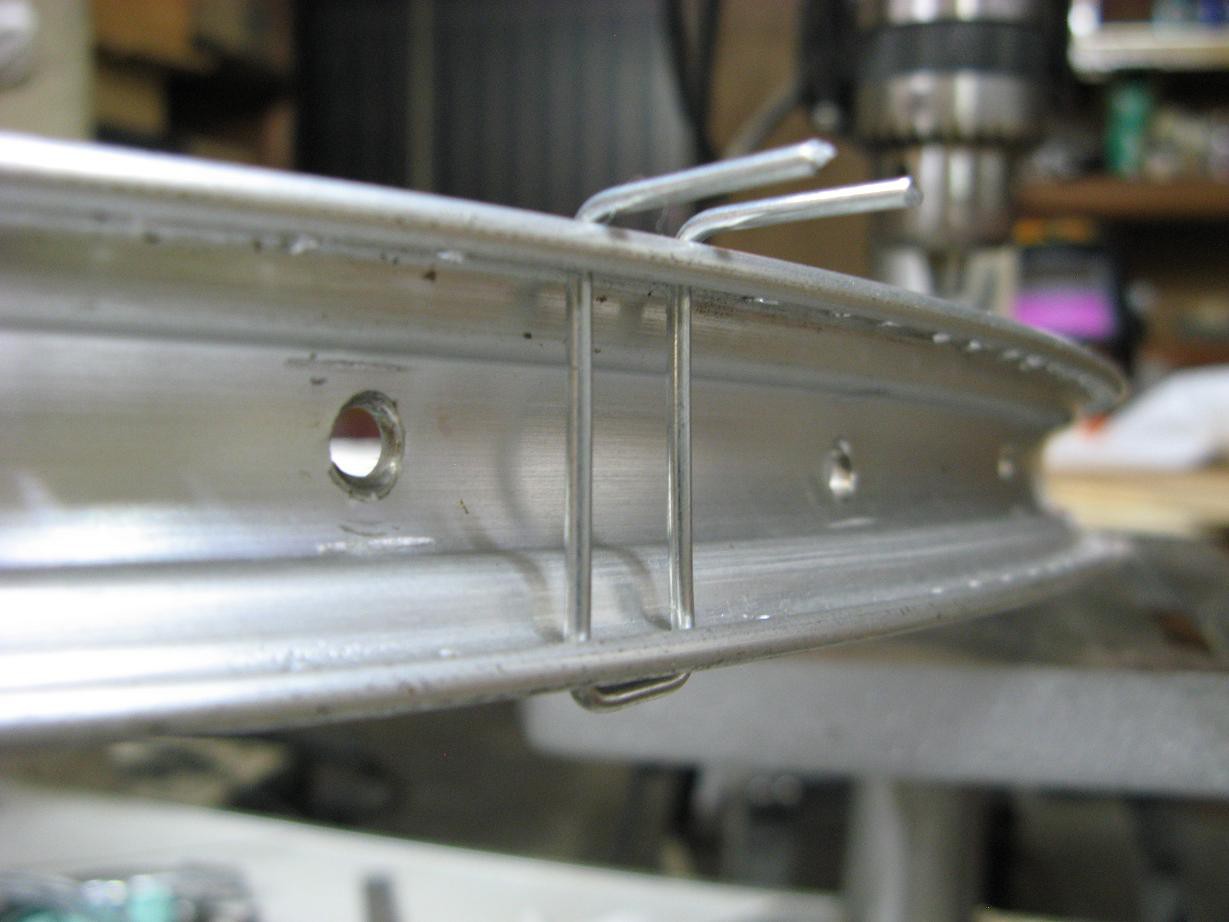
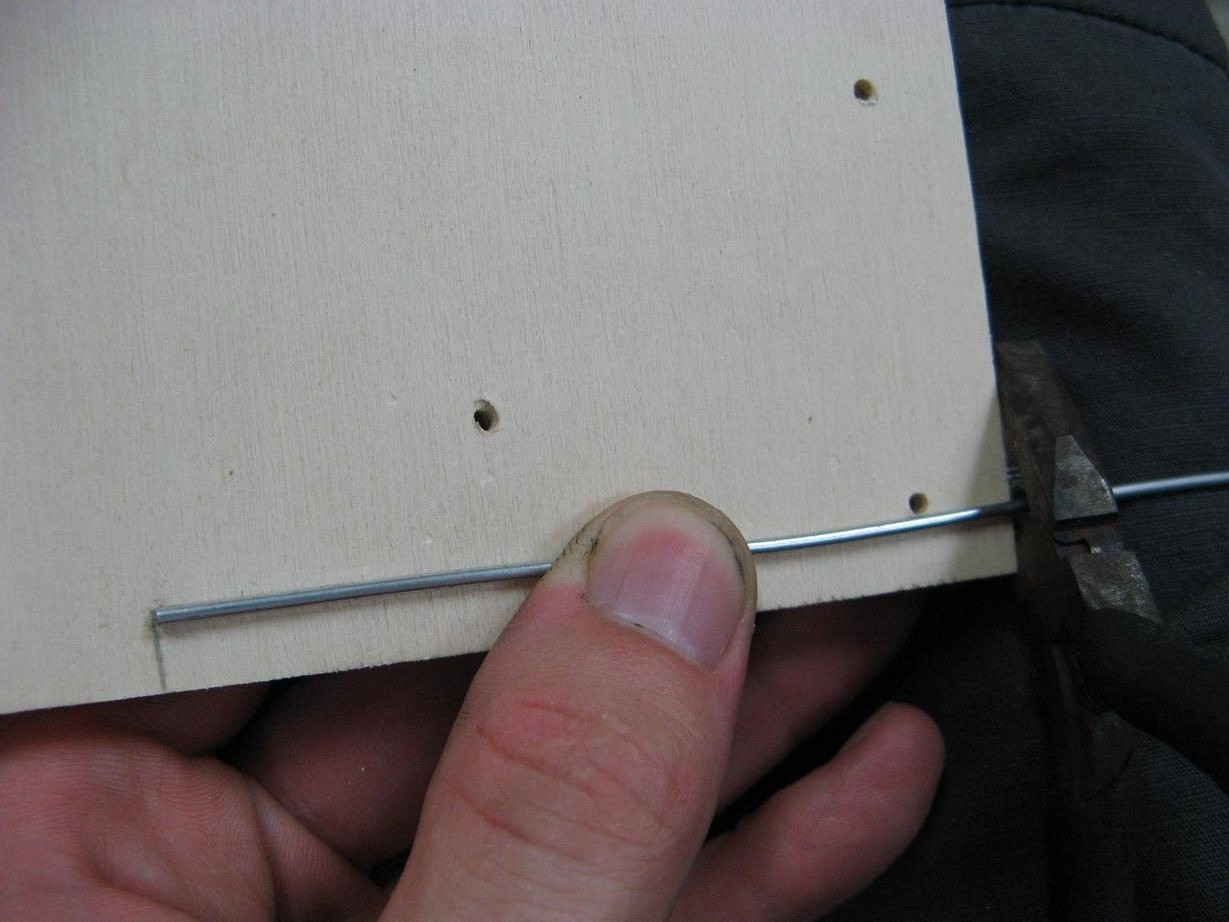
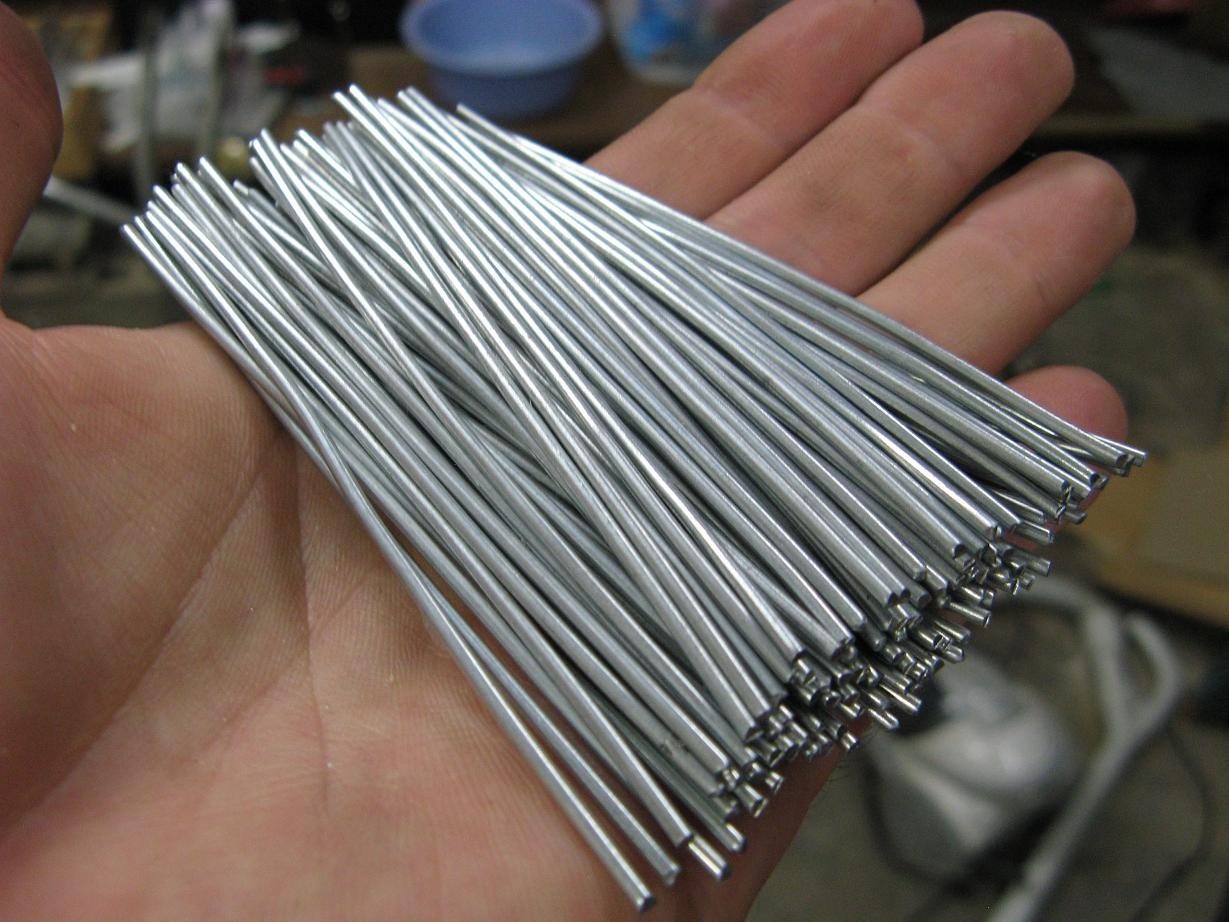
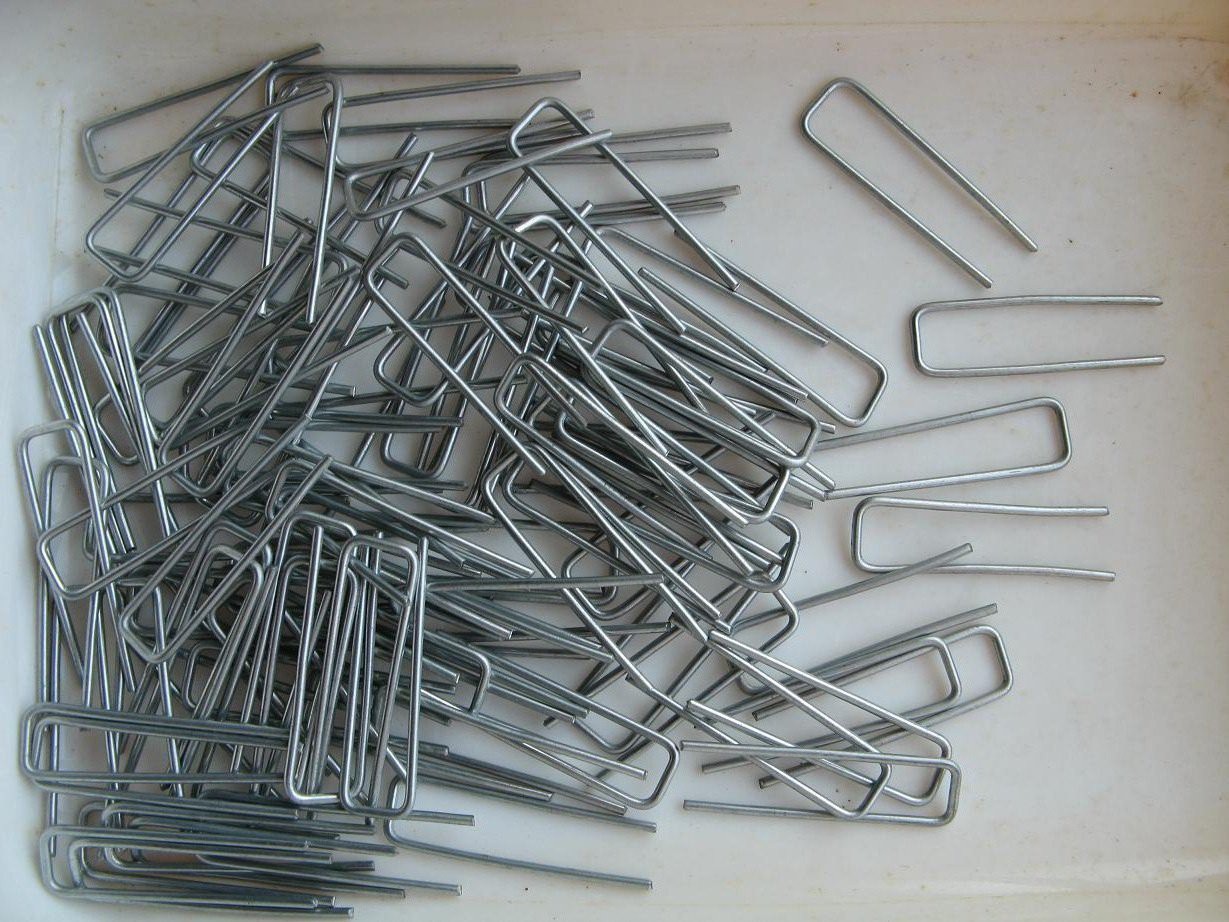 Wait a minute, didn't I say 207? What about the last odd pin? I made a dummy hole for it and cut the wire short on one side.
Wait a minute, didn't I say 207? What about the last odd pin? I made a dummy hole for it and cut the wire short on one side.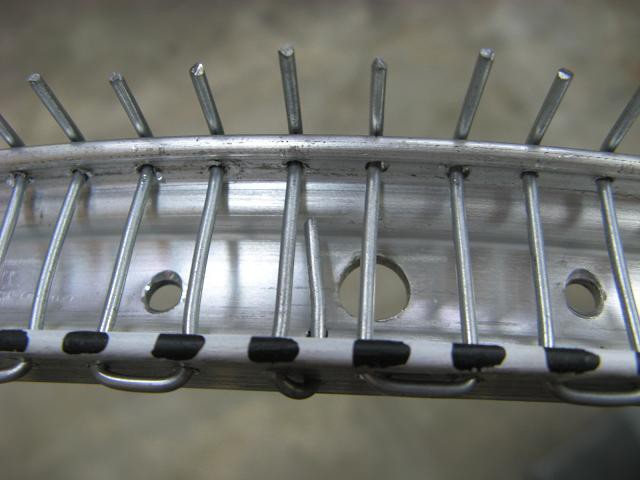
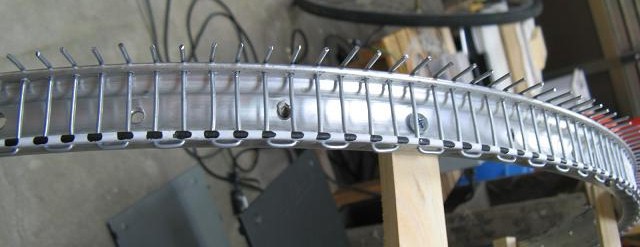
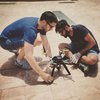

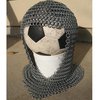


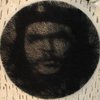




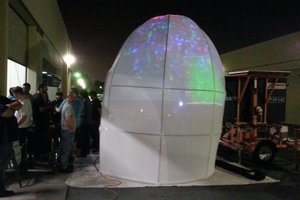
 T. B. Trzepacz
T. B. Trzepacz
 zittware
zittware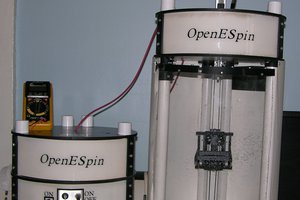
 Douglas Miller
Douglas Miller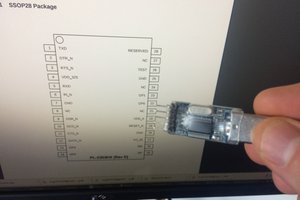
 Jorj Bauer
Jorj Bauer
Can we add different color lines to make it much more beautiful...